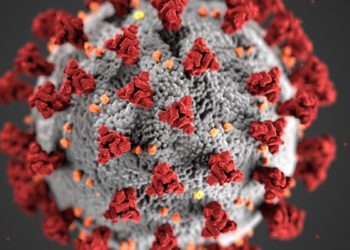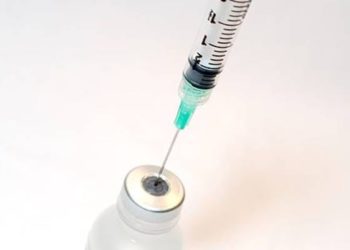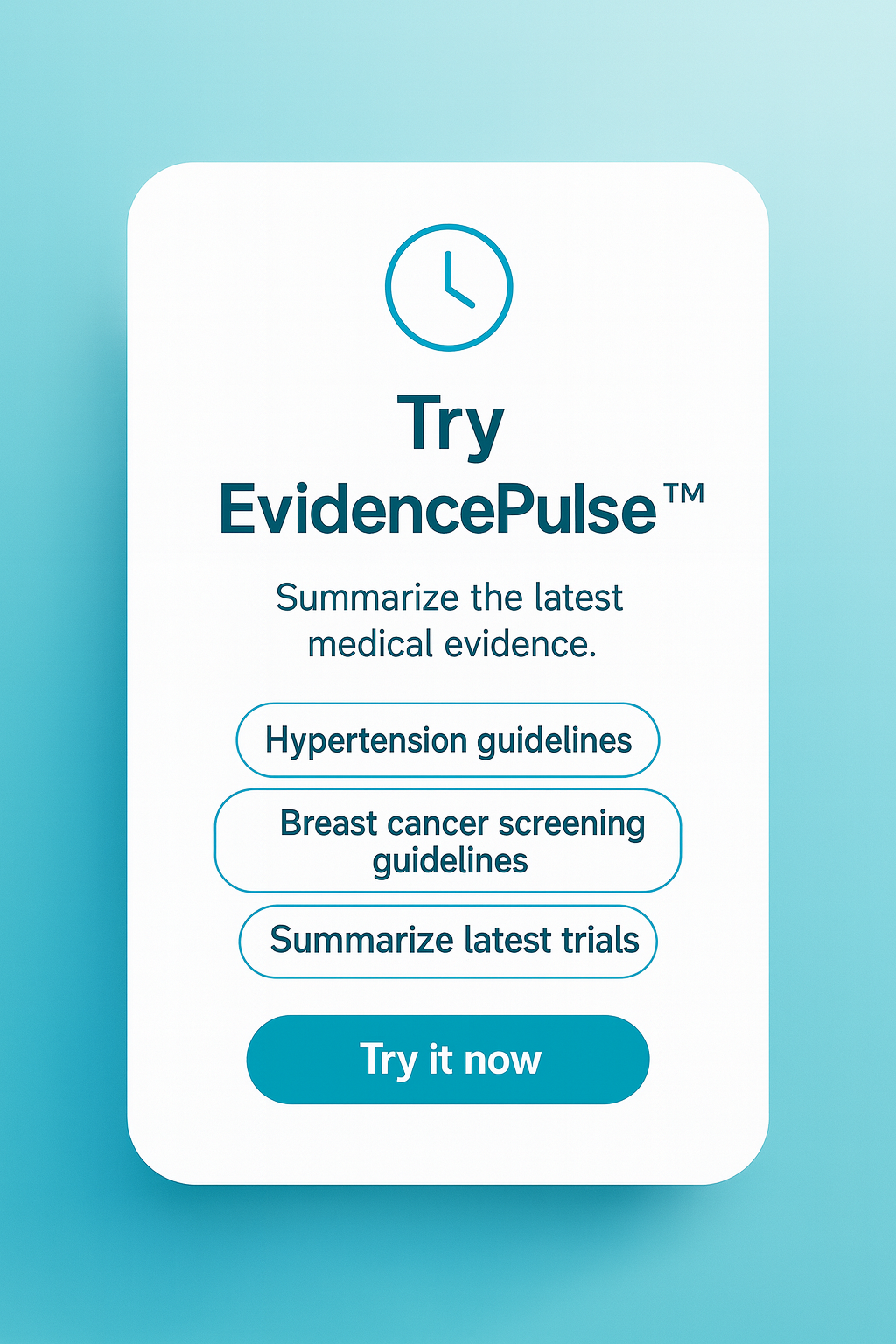Improved SARS-CoV-2 clearance with combination hydroxychloroquine and azithromycin
1. Hydroxychloroquine treatment was found to significantly reduce viral load in COVID-19 patients, and had an enhanced effect when azithromycin was included in treatment
Evidence Rating: 4 (Below Average)
Despite significant research efforts, there currently exists no approved pharmacolgic therapy for the direct treatment of COVID-19 to reduce viral load. Significant effort has been placed on the repositioning of old drugs for treatment of COVID-19 as they have known safety profiles, side effects, and interactions. Chloroquine, an old antimalarial drug, has been one drug evaluated for this purpose as prior literature has demonstrated anti-SARS-CoV activity in vitro and ability to reduce viral load in an early clinical trial. To expand upon study findings, researchers conducted an open-label non-randomized clinical trial enrolling 42 hospitalized patients with laboratory confirmed COVID-19. Twenty-six patients were assigned to receive 200mg of hydroxychloroquine, a safer analogue of chloroquine, three times daily for ten days, 6 of whom additionally received azithromycin (500mg on day 1 followed by 250mg daily for 4 the next days). At day 6 post inclusion, nasopharyngeal samples demonstrated that 100% of the combinational therapy group had virological clearance, compared to 57.1% in the hydroxychloroquine only group, and 12.5% in the controls. Hydroxychloroquine therapy (with azithromycin or alone) was found to be significantly associated with greater viral load reduction when compared to controls (p=0.001), and combinational therapy with azithromycin was found to be significantly more effective than hydroxychloroquine alone (p<0.001). Despite a small sample size and relative short follow-up, study findings are promising in demonstrating that hydroxychloroquine with azithromycin may be used as a therapeutic option for hospitalized COVID-19 patients. Additional study is required to assess correlation to clinical outcomes as well as safety and efficacy across a larger sample size.
Click to read the study in the International Journal of Antimicrobial Agents
Image: PD
©2020 2 Minute Medicine, Inc. All rights reserved. No works may be reproduced without expressed written consent from 2 Minute Medicine, Inc. Inquire about licensing here. No article should be construed as medical advice and is not intended as such by the authors or by 2 Minute Medicine, Inc.









